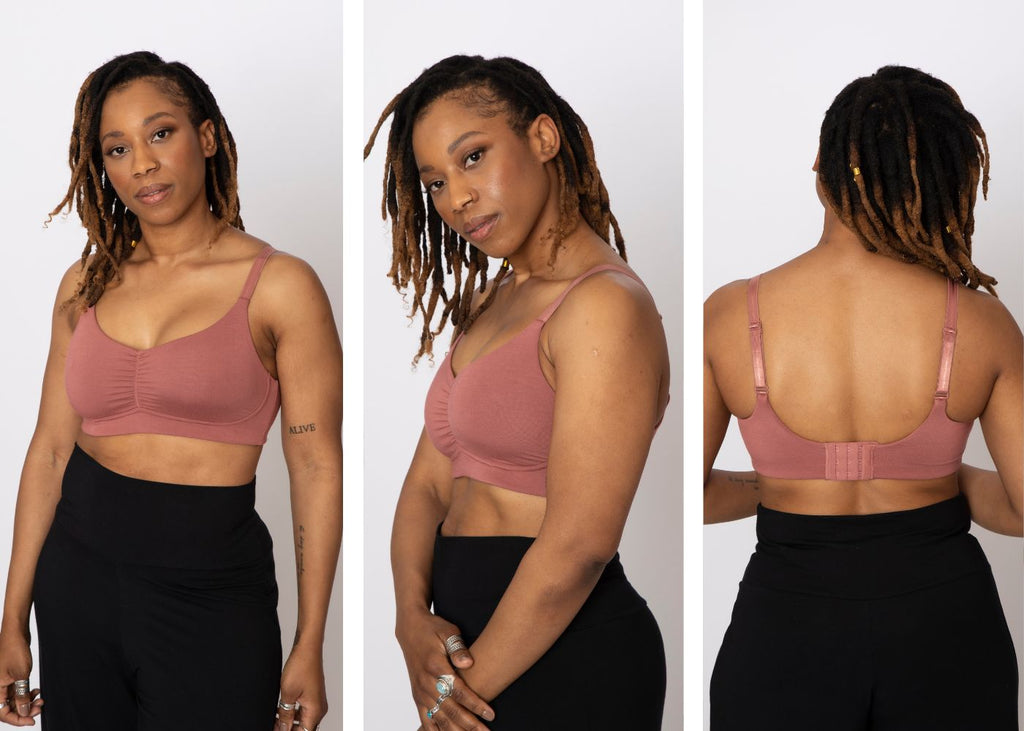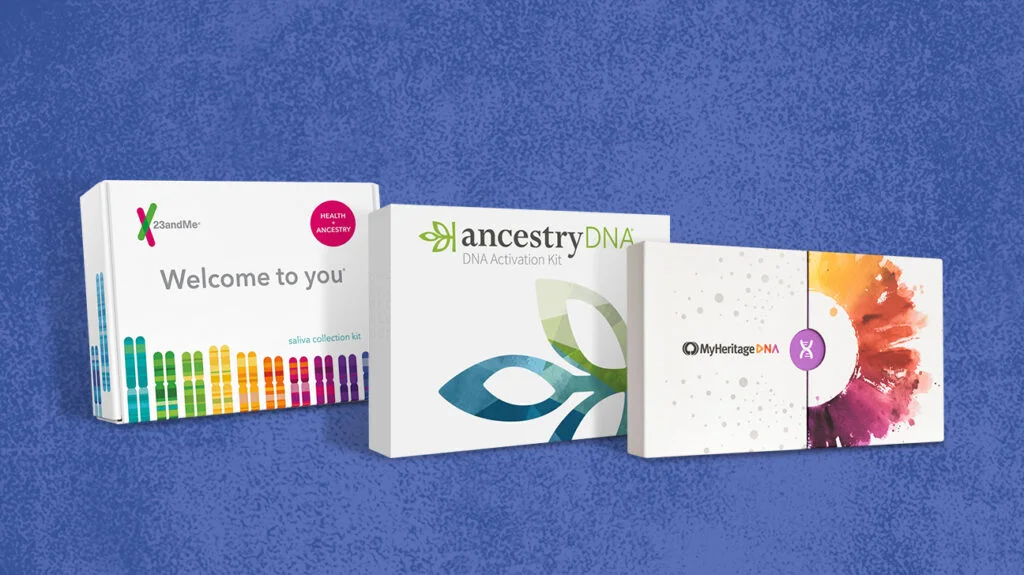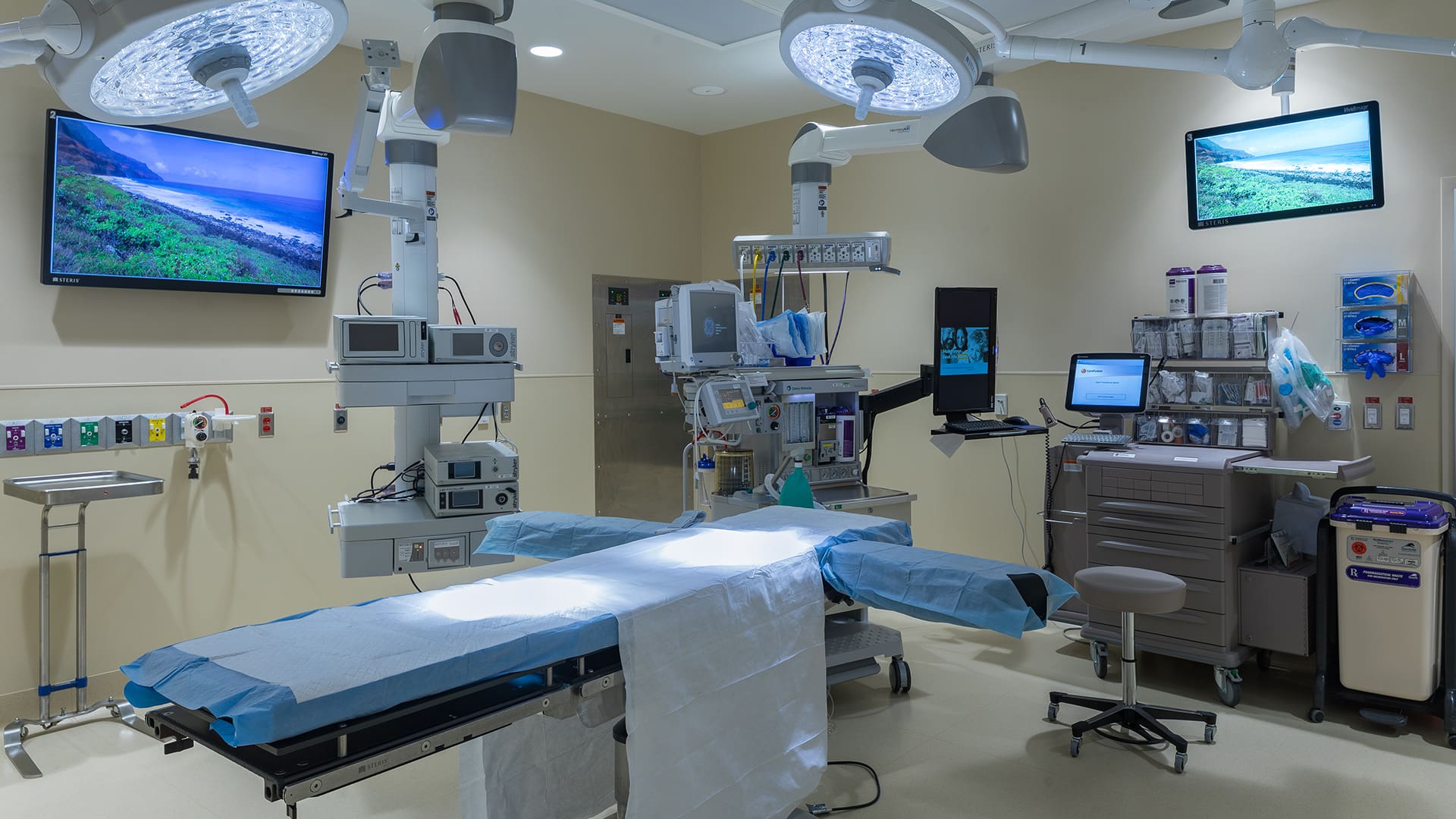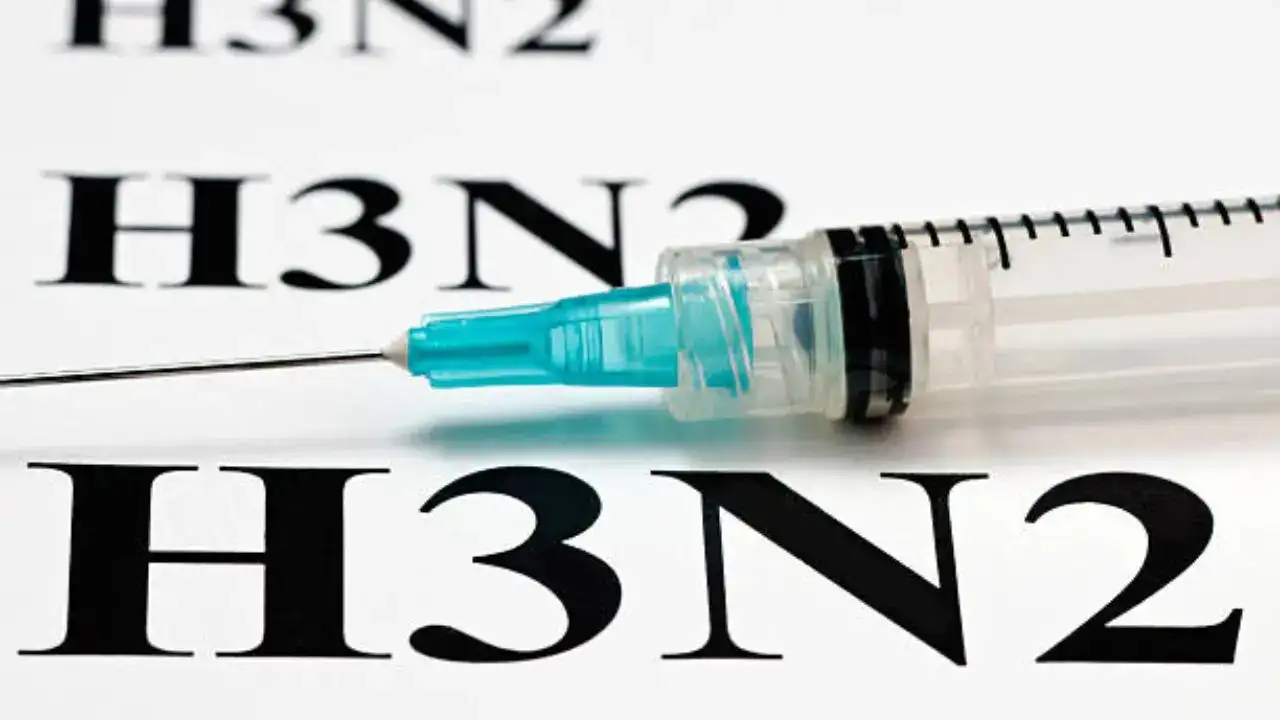Understanding Breast Sagging: Causes and Concerns
Sagging breasts, a condition medically referred to as breast ptosis, is a common issue many women face, particularly as they age. The primary reason behind this is the natural loss of elasticity in the breast tissue over time. This can result in a change in the breast’s appearance, often leading to heightened self-consciousness and insecurity.

However, age is not the sole factor contributing to this change. Several other influences can accelerate or exacerbate breast sagging:
- Pregnancy and Weight Gain: Contrary to popular belief, breastfeeding is not the main culprit. It is the weight gain during pregnancy that stretches the breast skin and ligaments.
- Hormonal Changes: Menopause and other hormonal fluctuations can reduce skin elasticity.
- Unhealthy Lifestyle Choices: Factors like smoking, alcohol consumption, and poor nutrition contribute to reduced collagen production, leading to sagging.
- Rapid Weight Fluctuations: Quick weight gain or loss can stretch the skin, making it difficult for the breast tissue to retain its shape.
- Excessive Sun Exposure: UV rays can damage the skin’s collagen, reducing its firmness.
- Improper Support: Wearing unsuitable bras, especially during exercise, fails to provide the necessary support, allowing gravity to take a toll on breast tissue.
The Natural Approach to Prevent Sagging Breasts
While breast sagging is a natural process, there are several effective strategies to slow down or prevent its onset. These involve maintaining a healthy lifestyle, adopting specific skincare routines, and engaging in targeted physical exercises.
1. Maintain a Healthy Weight
Fluctuating weight is a significant factor in sagging breasts. Maintaining a consistent and healthy weight prevents unnecessary stretching of the breast ligaments. Opt for a balanced diet rich in nutrients and avoid crash diets that can lead to rapid weight loss.
2. Stay Hydrated
Drinking plenty of water helps keep your skin hydrated and elastic. Proper hydration is essential for maintaining the skin’s collagen and elastin levels, both of which play a crucial role in keeping the breasts firm.
3. Follow a Nutritious Diet
A diet rich in antioxidants, vitamins, and healthy fats is essential for skin health. Foods high in vitamin C, vitamin E, and omega-3 fatty acids promote collagen production and prevent skin damage. Include fruits, vegetables, nuts, seeds, and fish in your meals.
4. Exercise Regularly
Strengthening the chest muscles that support your breasts can help maintain their shape and firmness. Effective exercises include:
- Push-ups: These target the pectoral muscles beneath the breasts.
- Chest Presses: Use weights to strengthen the chest area.
- Planks: Improve overall core and upper body strength.
5. Skincare for the Breasts
Regularly applying natural oils and creams can nourish the skin and enhance its elasticity. Some recommended options are:
- Pomegranate Oil: Known for its anti-aging properties.
- Aloe Vera Gel: Helps soothe and tighten the skin.
6. Massage Techniques
Massaging the breasts can improve blood circulation and strengthen the tissue. Two effective techniques are:
- Ice Massages: Gently rub ice cubes on the breasts to tighten the skin temporarily.
- Oil Massages: Use essential oils like almond or olive oil for deep hydration and nourishment.
DIY Homemade Mask for Firmer Breasts
A natural, homemade mask can work wonders in maintaining breast firmness. Here is an easy recipe to try:
Ingredients:
- 1 tablespoon plain yogurt
- 1 teaspoon vitamin E oil
- 1 egg
Instructions:
- Mix all the ingredients thoroughly to form a smooth paste.
- Apply the mixture to your breasts, massaging gently in a circular motion.
- Leave it on for about 30 minutes.
- Rinse off with cold water to enhance skin tightening.
Lifestyle Adjustments for Long-Term Benefits
Proper Support with Bras
Invest in well-fitted bras, especially during physical activities. Sports bras provide extra support, reducing the strain on breast ligaments during high-impact exercises.
Avoid Smoking and Excessive Alcohol
Both smoking and alcohol consumption reduce the body’s ability to produce collagen, leading to premature skin aging and sagging.
Sun Protection
Limit sun exposure and apply sunscreen to prevent UV-induced skin damage, which weakens the skin’s elasticity.
Professional Treatments for Sagging Breasts
If natural remedies are not sufficient, certain professional treatments can help:
- Laser Therapy: Stimulates collagen production and tightens the skin.
- Ultrasound Treatments: Boosts skin elasticity through non-invasive methods.
- Surgical Options: In severe cases, procedures like breast lifts can restore firmness.
Frequently Asked Questions (FAQs)
Q1: At what age do breasts typically start to sag? A: Breast sagging can begin as early as your 30s, depending on factors like genetics, lifestyle, and hormonal changes.
Q2: Can breastfeeding cause sagging breasts? A: No, it is the weight gain during pregnancy and not breastfeeding itself that causes sagging.
Q3: How often should I do chest exercises to prevent sagging? A: Aim for 3-4 sessions per week, incorporating exercises like push-ups and chest presses into your routine.
Q4: Are there any specific foods that help prevent sagging? A: Yes, foods rich in vitamins C and E, as well as healthy fats like avocado and salmon, support skin elasticity.
Q5: Is it possible to reverse sagging breasts naturally? A: While you may not completely reverse sagging, consistent natural remedies like exercise, skincare, and massages can improve firmness over time.



